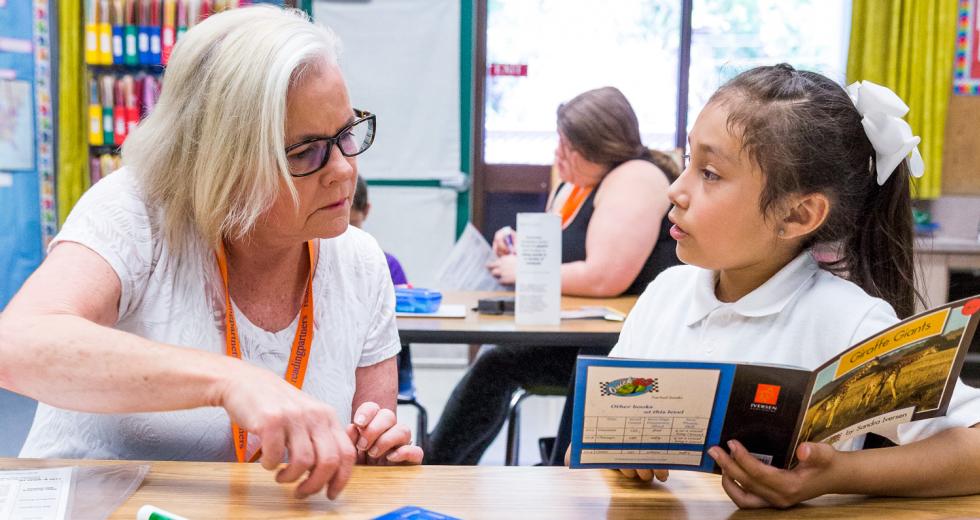The Sacramento Region Community Foundation operates a little differently from your typical private foundation. According to SRCF Chief Giving Officer Priscilla Enriquez, community foundations enable would-be philanthropists in the Sacramento region to give back to their own community. They’re also exempt from many of the taxes and federal requirements levied on private foundations. Donors can establish funds or direct grants to specific programs or areas of interest, and the foundation, like handles everything behind the scenes. For the SCRF, the main areas of focus are food, philanthropy, the arts and education.
The foundation now manages over 570 charitable funds for local families, since its incorporation in 1983. And keeping in line with their initiatives toward education, last year the SRCF gave a $25,000 grant to the new Sacramento Education Collaborative. The group consists of seven different programs with similar goals that decided to tackle together the educational issues in Oak Park — like to improving educational outcomes for underserved students and post-secondary school opportunities. The collaborative consists of City Year Sacramento, College Track, Parent/Teacher Home Visit Program, Reading Partners, Social Venture Partners of Sacramento, Teach For America and WayUp Sacramento.
Because these seven nonprofits found a way to come together and work toward a common goal, Enriquez says, the SRCF felt they most deserved the grant. “All of these nonprofits are individuals but are now working together,” he says. “We felt that’s the direction that nonprofits should go in — an open and collaborative way of working.”
Daniel Kaufman, a facilitator for the collaborative and a principal at the social impact strategy firm Third Plateau in San Francisco, says that there were many early conversations about crossed paths and shared space between the seven groups. “These organizations have the opportunity to be a whole lot stronger working together,” he says. “They’re building a vision together.”
As opposed to each group setting up its own events and programs with the same end goal, Kaufman says, the groups can share resources and space, “saving a huge amount of time and energy and money.” The group’s website at sacedcollab.org says they coordinate their work to improve educational outcomes by supporting students in class, through after-school programs, at home and in the community.
“They all have different service arcs, but a common vision,” he says. “They decided to work in a common geographic area, and that was Oak Park.”
Enriquez says the Community Foundation wanted to support the collaborative’s momentum with the $25,000 grant. “It’s not a large grant,” she says, “but it’s significant.”
She says the greatest lesson to be learned is how these nonprofits work together to set expectations and achieve their common goal of education reform — that’s a practice the community foundation can get behind. “It’s important to us to foster that collaboration,” Enriquez says.
“Each of these organizations are stepping out on a limb,” Kaufman says. “Collaboration requires a level of vulnerability and trust. I’m very excited about what is to come from this collaboration.” It’s safe to say the board of the Sacramento Region Community Foundation is excited to see what can come from collaboration, too.



